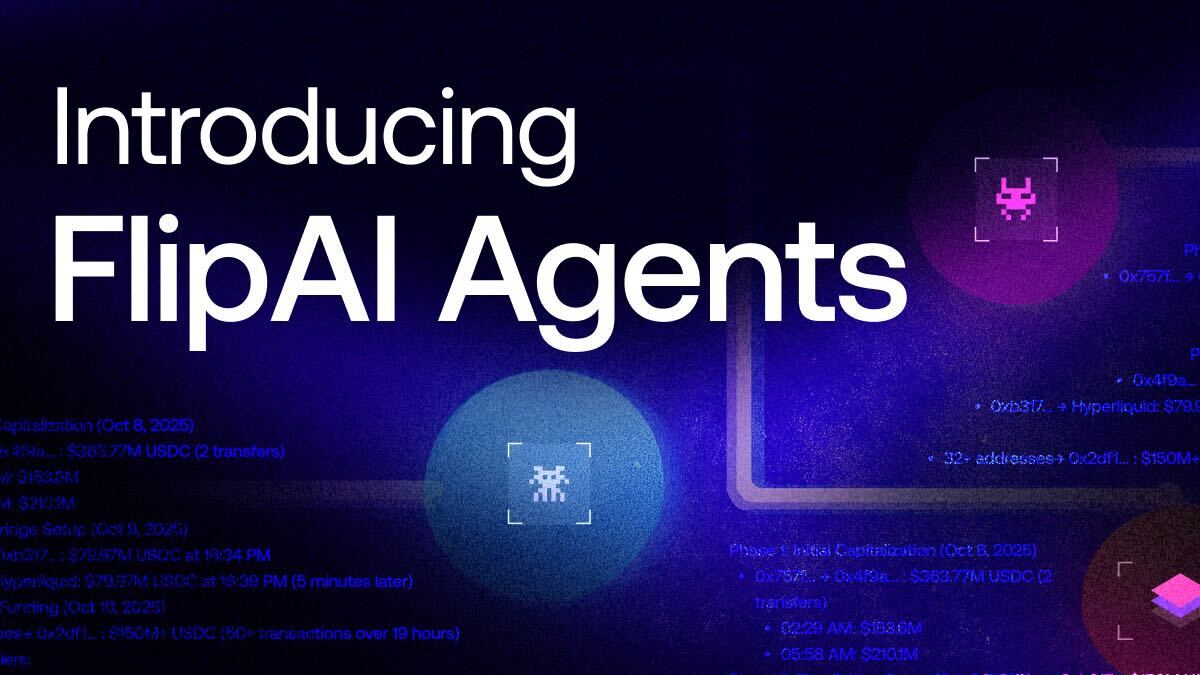How to use wallet labels and tags

Understanding block transaction data with labels and tags
So you have a transaction hash, and you want to understand what took place. Maybe you’re copy-trading a whale, investigating an exploit, or studying onchain activity for market research.
If you pull the transaction data directly from a block, you’ll find some variation of the following among the data represented, depending on which blockchain the transaction took place on:
function: transfer
from: 0x404….43d1
to: 0x109…20j5
value: 400837454
At a glance, that’s not very helpful. Even knowing the transaction type is a transfer doesn’t get you far. What you might assume is a transfer from one person to another might be a transfer between two wallets owned by one person, an in-app purchase, or even one of two or more bundled transactions that comprise many DEX swaps.
To find out more, you could do some digging, exploring the other transactions linked to the addresses and cross-referencing what you find until you’ve found what you’re looking for — or hit a wall.
Or, you could use a data source that’s extensively labeled and tagged.
What are wallet labels and tags?
Labels and tags are top-layer identifiers mapped to addresses that add human-readable context to onchain data.
A wallet label is a one-to-one name to signify an address type or identity, such as, “Metamask hot wallet”, or “Uniswap USDC<>WETH pool”.
Labels help identify the primary purpose for the existence of an address, and there generally shouldn’t be more than one for a known address. Wallet tags, on the other hand, are more flexible. The more of them an address has, the more of its history can be represented. For example, one tag on a wallet labeled “Metamask hot wallet” might read, “Top 1% Uniswap trading volume”.
Labels and tags help analysts easily identify the most important information about addresses and simplify the process of understanding onchain activity.
If we looked at our previous transaction details after they’ve been labeled and tagged, it might look like this:
function: transfer
from: Metamask hot wallet (Top 1% Uniswap trading volume)
to: Uniswap USDC<>WETH pool
Value: 6000 USDC
And with that information, we’d understand this transaction’s “transfer” function as the first half of a DEX swap in which a top trader using Metamask swaps 6,000 USDC for WETH on Uniswap.
Where to find labels and tags
Just like there are no standards for block data between blockchains, there are no standards for labels and tags between data providers. Block explorers like Etherscan are starting to include labels for some well-known addresses, but they tend to miss out on tags and aren’t the most easy to read platforms. Data providers like Nansen are known for their tags, but the tagging process is private and access to the tags themselves requires a paid membership.
At Flipside, labels and tags are free, and our methodology is open source on our Github. Users can also submit labels, in addition to the ones our expert data scientists have curated.
When you’re looking for human-readable data, there’s no better tool than Flipside. We’ve built the most comprehensive database in the industry, covering 26 chains and protocols - with hundreds of millions of addresses extensively labeled and tagged.
And to top it off, we enrich our onchain data with off-chain context, so you can easily access human readable insights on other relevant off-chain sources.
How are labels and tags created?
Every database is different, but at Flipside, we have both manual and automatic processes for labeling and tagging — we’re equipped with everything you’ll find in an explorer, and much more.
Our labels are organized by Type and Subtype.
A Type is a major category; DEX, CEX, Dapp, NFT, token, etc.
A Subtype provides additional context; Treasury, Deployer, Validator, and more.
To maximize flexibility, tags don’t follow strict naming conventions like labels.
Any descriptors that will bring helpful context are used: whale, OpenSea_trader, and .eth domain names are popular tags you might run into during your research.
Making the most of labels and tags
With the right tools, labels and tags don’t require any added work on your part — they exist to make your research easier and faster! For solo research, you can query labeled and tagged Flipside data for free here, or sign up for a free trial of enterprise-grade data in your own environment.
To submit a label for an onchain address, click here.







